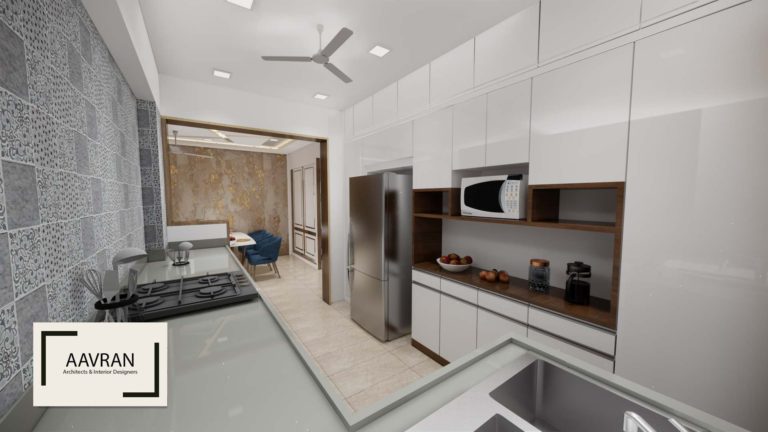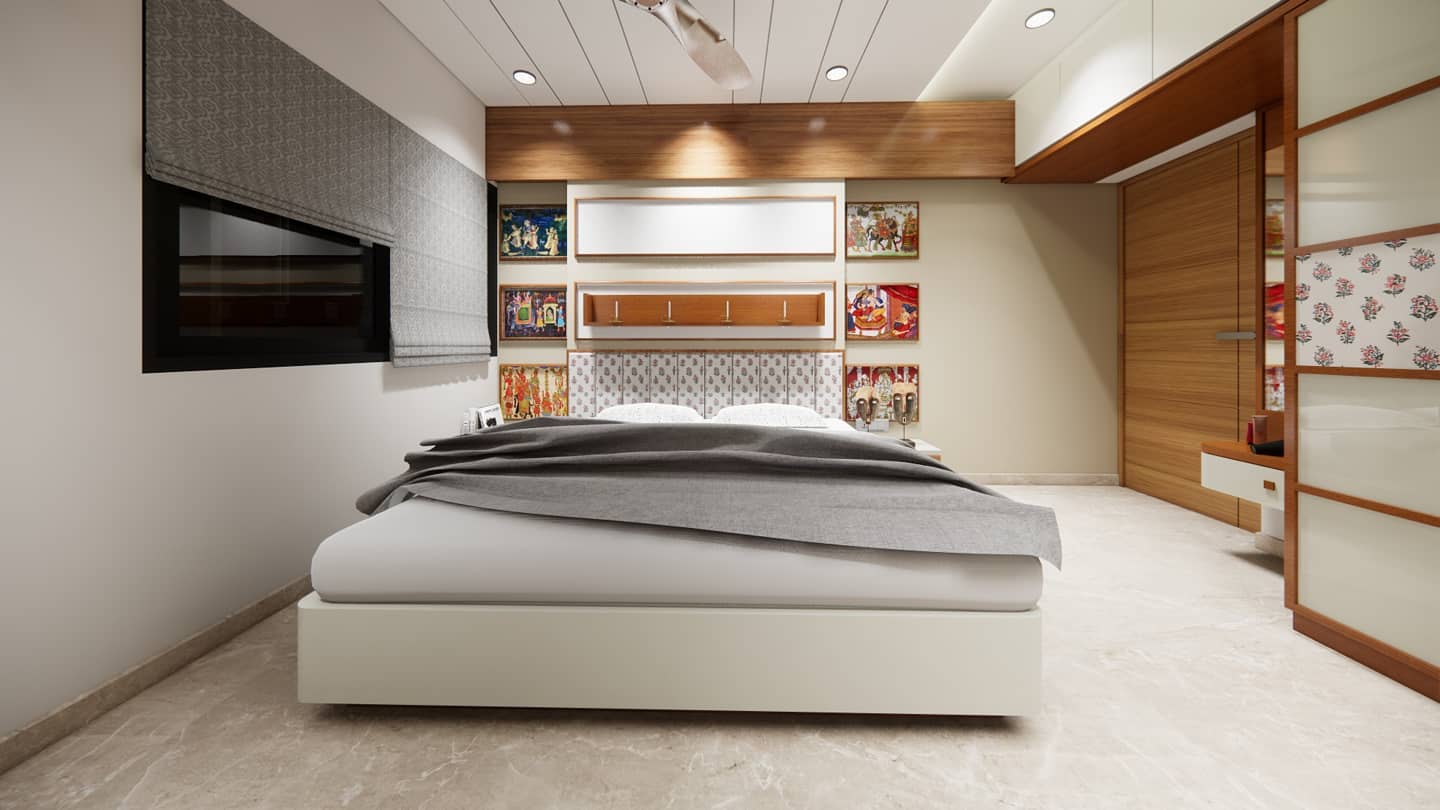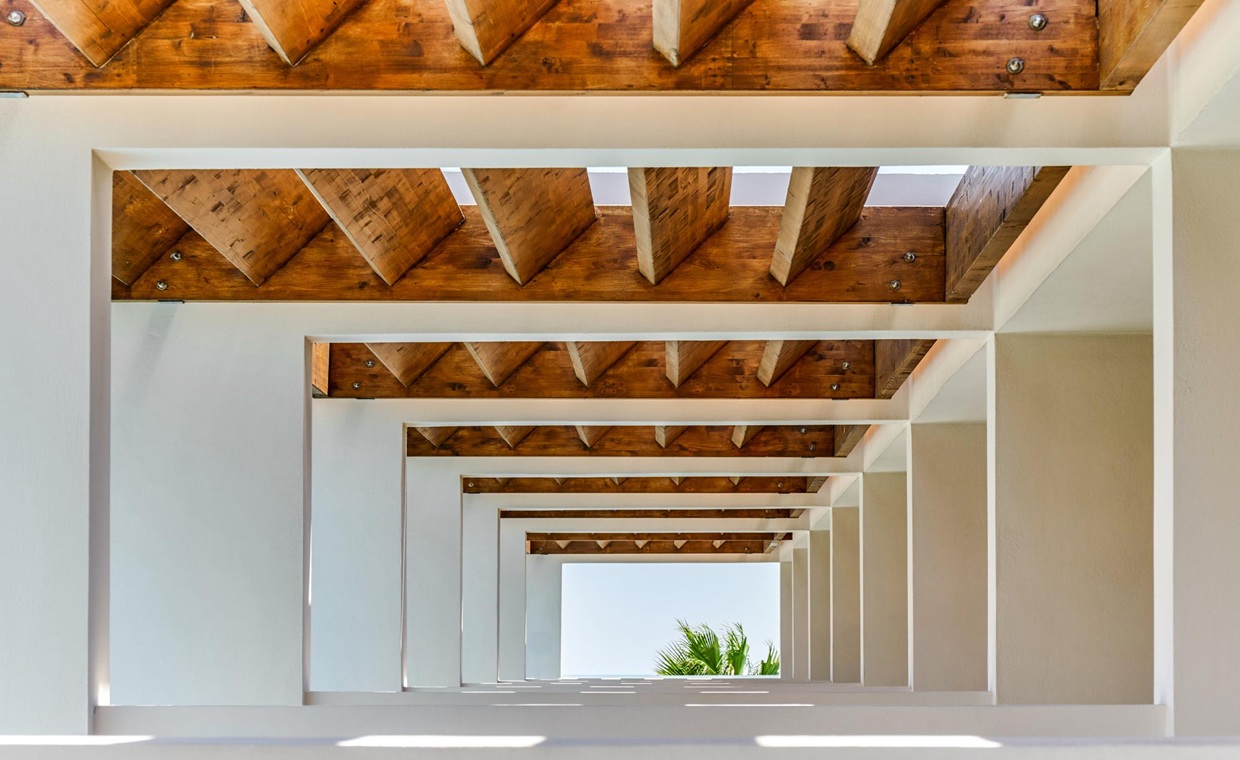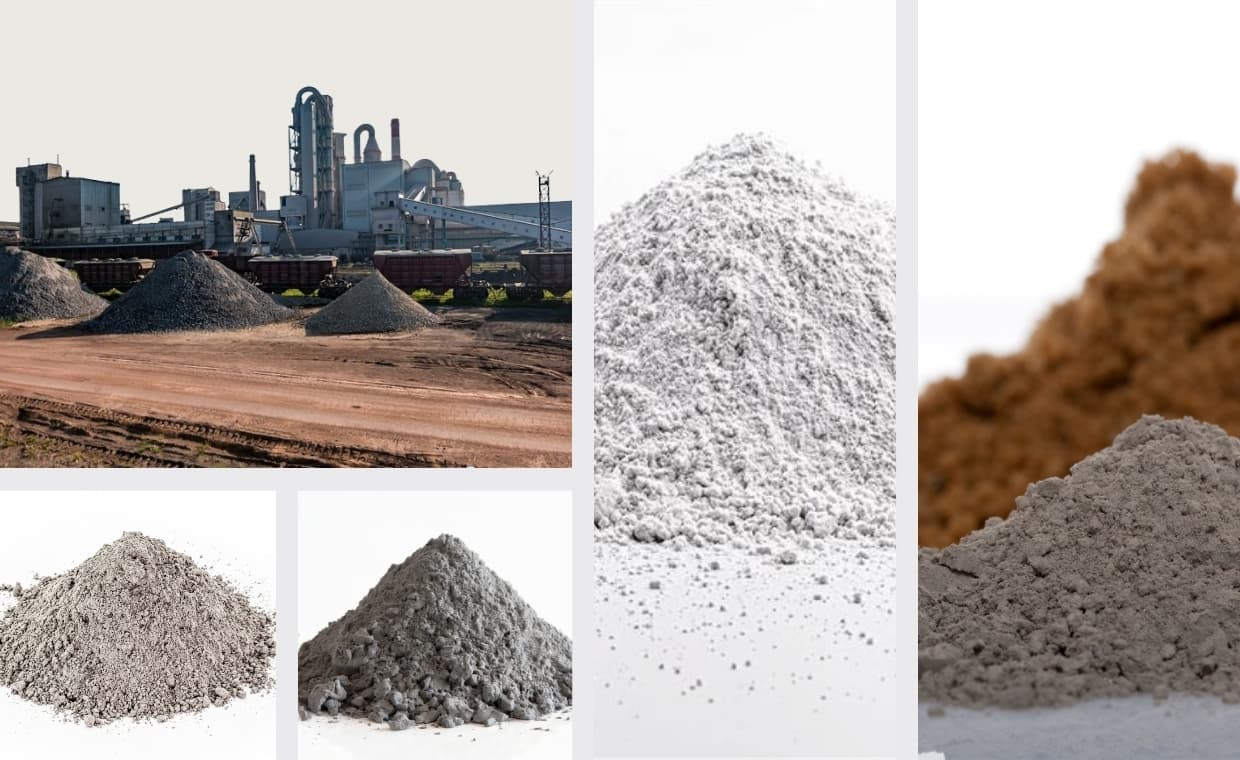
Table of Contents
Quick Review
- Today, construction industry is shifting towards green building materials to curb environmental threats.
- Cement is an essential construction material, but its production releases large amounts of CO2.
- Pozzolanic materials contain siliceous and aluminous substances that exhibit cement-like properties.
- Pozzolanic cement is a notable alternative to conventional cement.
- Pozzolanic materials can be natural or manmade.
- Natural pozzolanic materials include clays, shales, opaline materials, volcanic tuffs, and pumicites.
- Artificial pozzolanic materials include fly ash, silica fumes, rice husk ash, granulated blast furnace slag, powdered brick, burnt oil shale, etc.
- Pozzolana cement is widely used in sustainable construction to improve concrete performance and longevity while reducing environmental impact.
With the rise in the need for sustainability, the construction industry has done its bit by shifting towards eco-friendly construction materials and green buildings. Among them, pozzolana cement is one such building material that can serve as a substitute for conventional cement. However, pozzolanic materials cannot entirely replace cementitious materials, but they can reduce the need for cement. This should be seen as a positive step, considering that cement production is a major contributor to CO2 emissions.
According to (Michael J. Gibbs, Peter Soyka and David Conneely), “Cement is an important construction ingredient around the world, and as a result, cement production is a significant source of global carbon dioxide (CO2) emissions.”
It is in our best interest to reduce the use of cement and opt for substitutes, even if only to a limited extent. In this blog, Gharpedia sheds light on pozzolanic materials that can be used as a cement substitute for sustainable construction practices.
Rising Need for a Cement Substitute
Cement is a widely used construction material, and with the accelerated growth of the construction industry, the demand for cement is soaring. To meet this growing demand, cement production has increased substantially, raising serious environmental concerns. Cement production is largely contributing to rising carbon dioxide levels in the atmosphere. This is due to the following reasons:
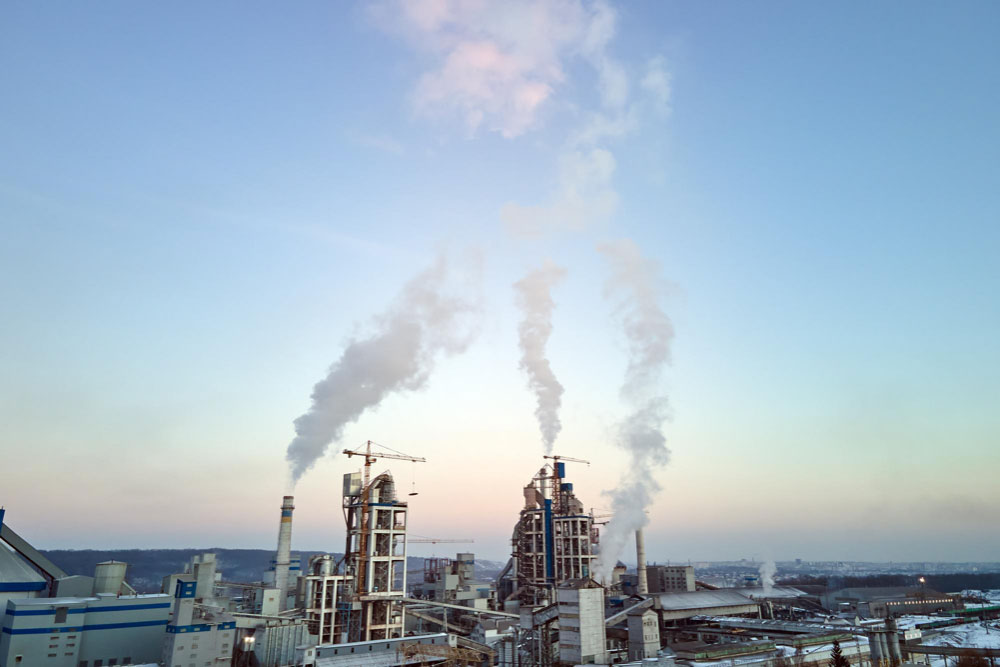
- Emissions from Clinker Production: Cement production requires heating limestone and clay at very high temperatures to form clinker. This process releases a huge amount of CO2 into the atmosphere.
- High Energy Consumption: Cement manufacturing consumes a large amount of energy, primarily derived from burning fossil fuels, which further contributes to increased CO2 levels.
- Depletion of Raw Materials: Cement is made from natural resources such as limestone, clay, and gypsum. Continuous extraction of these materials leads to their depletion.
Given the above reasons, it is important to minimise the usage and production of cement, or even better, find a substitute. This is where pozzolana cement comes to the rescue. Pozzolanic materials perform better in terms of reducing CO2 emissions, consequently posing less threat to the environment.
Brief History of Pozzolanic Materials
The word pozzolan comes from the town of Pozzuoli near Naples, Italy, where extensive beds of pozzolanic materials still exist. The Romans, in ancient times, produced a hydraulic binder by mixing lime with soil, which contained pozzolana, volcanic ash with pozzolanic properties. In ancient times, pozzolana was used to enhance the properties of lime, mortar, and concrete.
Modern-day construction uses this knowledge and incorporates a wide range of pozzolanic materials, such as fly ash, silica fume, rice husk ash, ground granulated blast furnace slag, and metakaolin to reduce the use of cement.
What are Pozzolanic Materials?
Pozzolanic materials are either naturally occurring or industrial by-products. They contain silicious and aluminous mineral substances. When pozzolanic materials are combined with calcium hydroxide and water, they form a compound which has cementitious properties. However, they do not harden like cement and hence cannot be used solely as a replacement for cement in concrete. Instead, they are added in specific proportions along with the cement. Adding pozzolanic materials into a concrete mix improves the performance of concrete while reducing the overall amount of cement required.
Types of Pozzolanic Materials
Pozzolanic materials can be divided into two categories based on their origin: natural and artificial. Naturally occurring pozzolanic materials are found in abundance in only a few places worldwide. Hence, their artificial alternatives were developed to meet the construction demands.
1. Naturally Occurring Pozzolanic Materials
Natural pozzolanic materials come from volcanic mineral deposits and sedimentary sources. These include:
a. Clays and Shales
– Montmorillonite types
– Kaolinite types
– Illite types
b. Opaline Materials
– Opaline shales
– Diatomaceous earths
– Cherts
c. Volcanic Tuffs and Pumicites
– Rhyolitic types
– Andesitic types
– Phonolitic types
– Basaltic types
Usually, natural pozzolanic materials require grinding to a high degree of fineness to make them suitable for use in concrete, particularly with cement. Pumicites are an exceptional pozzolanic material, as they naturally possess a high level of fineness. The performance of natural pozzolans can also be further enhanced by adding chemicals such as alkalis during the calcining process.
2. Artificial Pozzolanic Materials
Artificial pozzolanic materials are the by-products or waste materials generated by various industries. These include:
- Fly ash
- Silica fume
- Powdered brick
- Burnt oil shale
- Granulated blast furnace slag
- Rica husk ash
Fly ash is the most commonly used pozzolanic material in India, as it is available in abundance. There are numerous thermal power plants in India, producing tonnes of fly ash, which was previously discarded as waste. However, upon the discovery of its pozzolanic properties, it is now used in the production of pozzolana Portland cement. Granulated blast furnace slag and rice husk ash are widely used pozzolanic materials in India.
Comparison of Cement vs Pozzolanic Materials
| Property | Ordinary Portland Cement (OPC) | Pozzolanic Materials |
| Setting Time | Faster | Slower |
| CO2 Emissions | High | Low |
| Energy Requirement | High | Low |
| Long-Term Strength | Moderate | Increases with Time |
| Cost | Expensive | Economical |
Limitations of Using Pozzolanic Materials
- Pozzolanic materials have a slow setting time, which makes them unsuitable for any rapid construction processes.
- Pozzolanic materials are either naturally sourced or by-products from industries, which makes them vary in quality. Since they are not specifically manufactured, it is difficult to maintain consistent quality.
- These materials are often overlooked in construction practices due to limited discussion and awareness regarding their usage.
To summarise, pozzolanic materials are globally used as a sustainable alternative to cement in concrete, marking a significant step towards sustainable construction practices. Pozzolanic helps reduce the cement content in concrete, which in turn reduces CO2 emissions, making it a valued green building solution.
Pozzolanic Materials FAQs
1. What is the difference between Pozzolan and Cement?
When water is mixed with cement (a cementitious material), it sets and hardens through a process called hydration. Whereas, pozzolan, when mixed with water, does not harden. Pozzolanic materials react with calcium hydroxide (released during hydration of cement) to develop cement-like properties.
2. Can Pozzolanic Materials Replace Cement?
Yes, pozzolanic materials can partially replace cement in concrete. They act as a supplement rather than a full replacement for cement.
3. Do pozzolanic materials affect the strength of concrete?
Yes, pozzolanic materials do affect the strength of concrete. Pozzolanic materials improve the strength of the concrete.
4. Are Pozzolanic materials suitable for all types of construction?
Yes, pozzolanic materials are suitable for a wide range of construction projects. Their addition improves the overall performance, durability, and workability of concrete.
5. What are the advantages of pozzolanic materials?
The following are the advantages of pozzolanic materials:
- Environmentally-friendly
- Improved properties of concrete
- Better workability
- More economical construction







